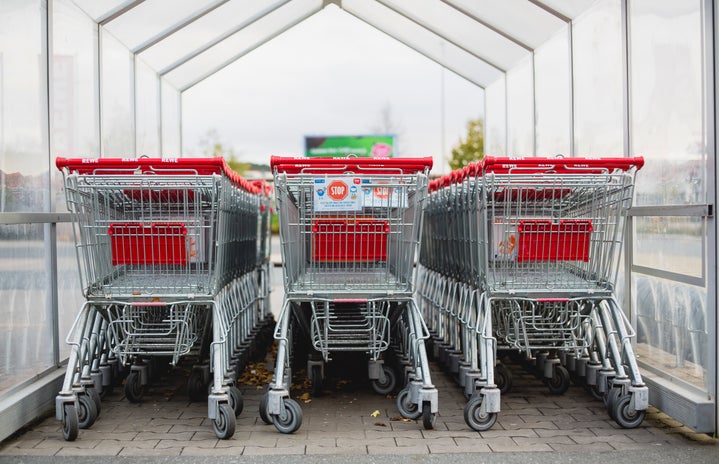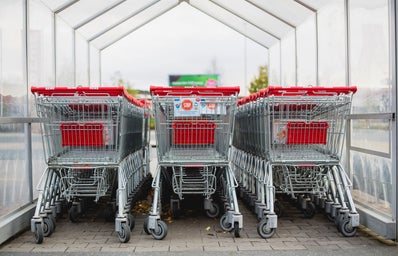Who doesn’t love a good bargain? The adrenaline that courses through your veins as you spot a massive discount on those cute boots that would go with *everything* is different. And what better place to find amazing discounts than a budget store like Poundland. But how does Poundland, one of Britain’s largest budget chains, make a profit while selling items at unreasonably low prices?
For those unfamiliar with the store, Poundland is heaven-on-earth for bargainers and hoarders, boasting that all items in the store are just 1 pound. Despite sounding cheap, the company makes around 1.77 billion euros (data from September 2020) and has been around for over 30 years. The company’s success can be pinned to the following six marketing strategies:
Quick to swoop in
Poundland has turned being small–compared to retailers like Tesco and Sainsbury–into a blessing. Being small allows them to be quick, swooping in if there are any options. If a producer overproduces, Poundland will quickly buy it, allowing them to ask for much lower prices. As far as the producer goes, Poundland is doing them a favour. They are not only getting a buyer but also saving money that would otherwise have to be spent on storage space.
Buying in Bulk
Although small, Poundland buys in bulk. It can easily take millions of items off a producer’s hands, allowing them to ask for generous drops in prices. In turn, they can sell it for lower prices, making profits.
Approaching Different Markets
Most retailers prefer to buy products labelled in the language spoken in the area. So, an ASDA or Waitrose would be looking for products labelled in English, appealing to their target audience. But Poundland realises that their customers do not care for the language on the bottle, allowing them to shop in different markets around the EU. As these markets have been relatively unexplored by British retailers, Poundland forces them to lower their prices.
Unusual Items
Poundland is where you would go if you wanted to find items you would not find at a sensible supermarket. From celebrity-face-clocks to necklaces with cups on them, Poundland has them all! They know their customers well and can sell anything, as long as the price is low enough. They also have unconventional sizes. While standard retailers prefer to sell Pringles at 1140 gm, Poundland sells them at 190 or 165 gm. Although produced by Pringles, these sizes are less popular in regular supermarkets, allowing Poundland to get the best deals on them.
Stripping Costs to the Bare Minimum
You will hardly find a well-lit, centrally located Poundland. The company deliberately invests in cheap lighting and the back of the mall (where space costs less) to minimise costs. Poundland knows that their customers want to pop in, get their stuff and leave as quick as possible, so they don’t make their store fancy.
When all else fails, pair them up
When nothing else works out for them, Poundland buys much more than needed and keeps the items moving by offering combo deals. By buying them in such large quantities, they force the producer to lower the price.
Poundland is the prime example of a company that has done its research and knows how to appeal to its target audience. By understanding its customers intimately, they create a better shopping experience (and generate billions)!

